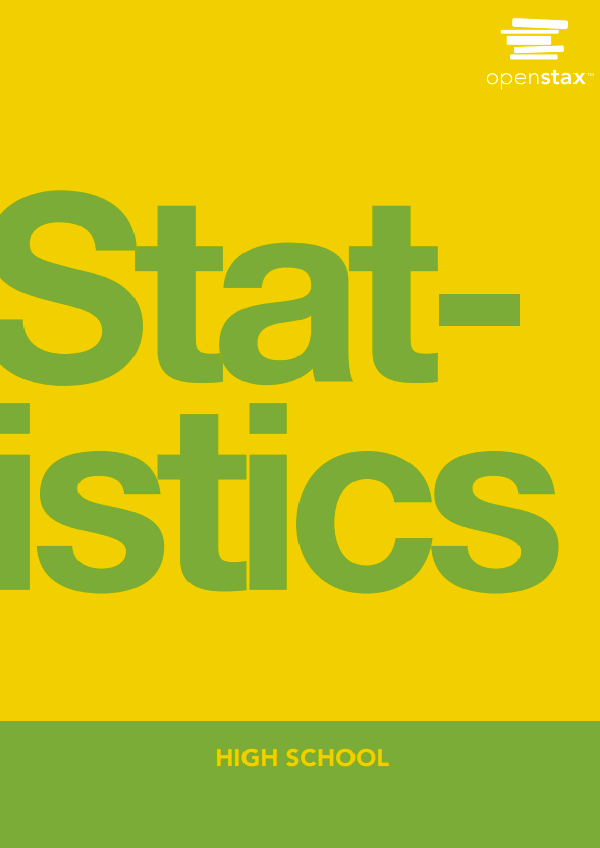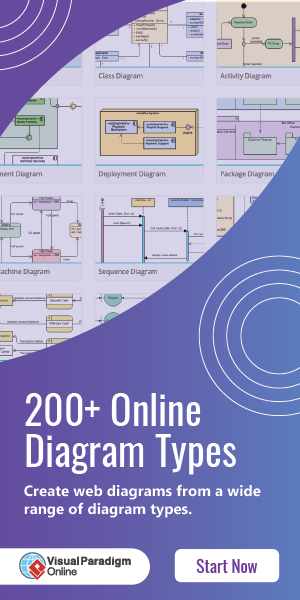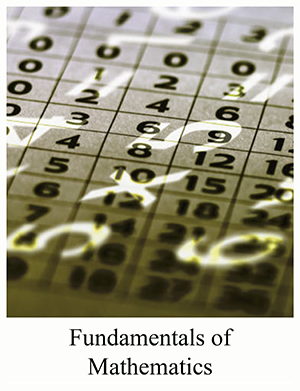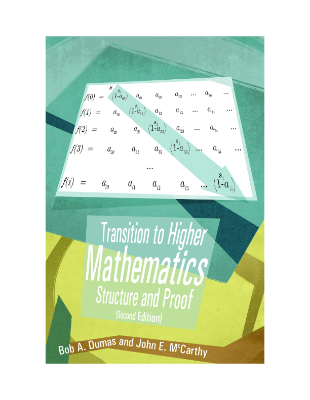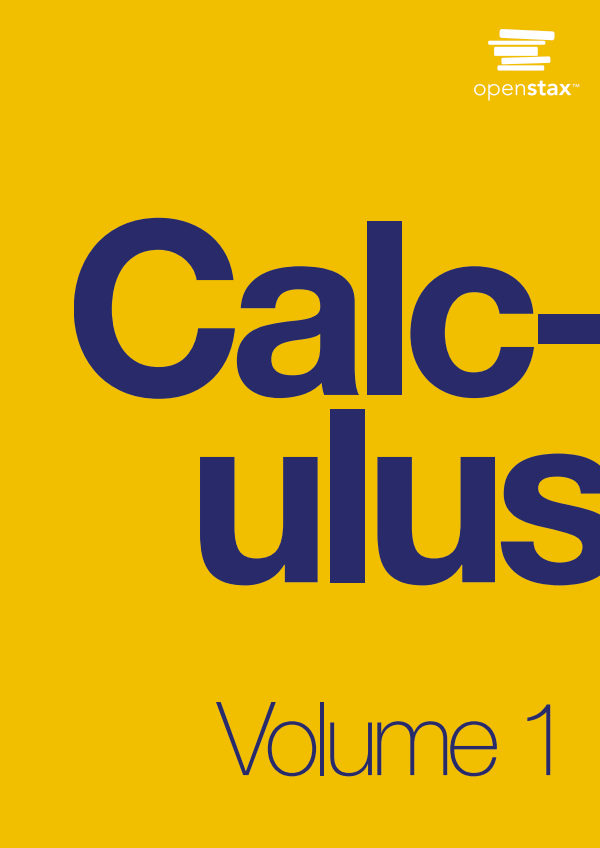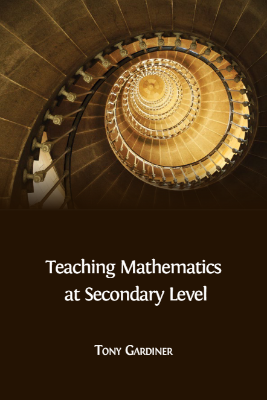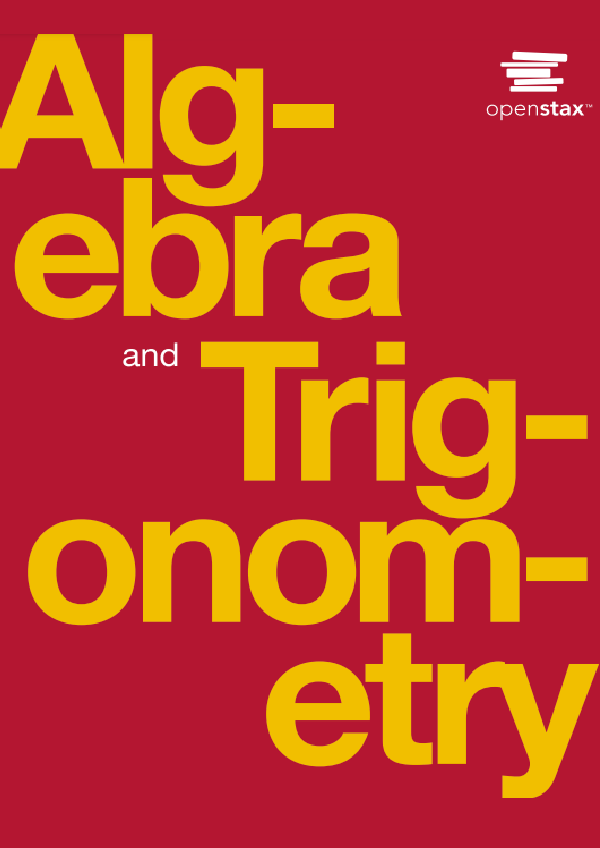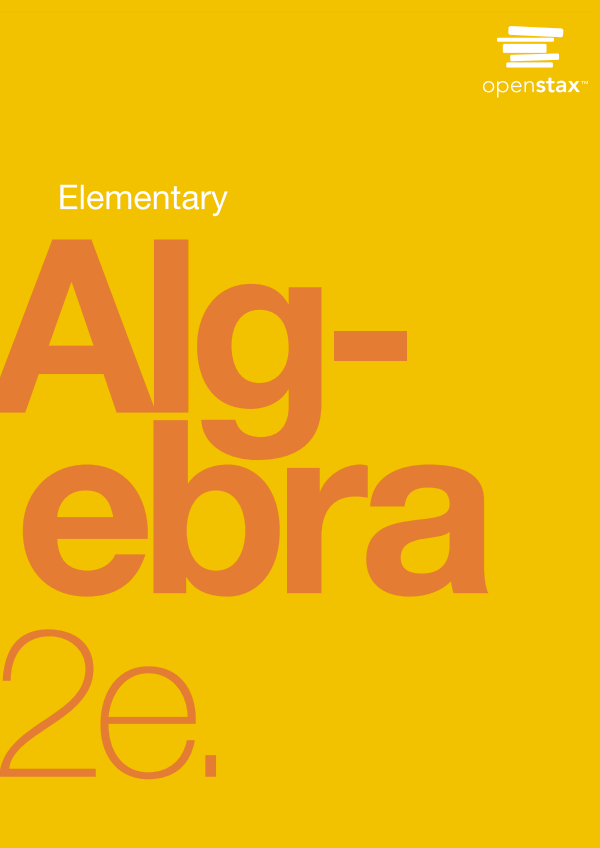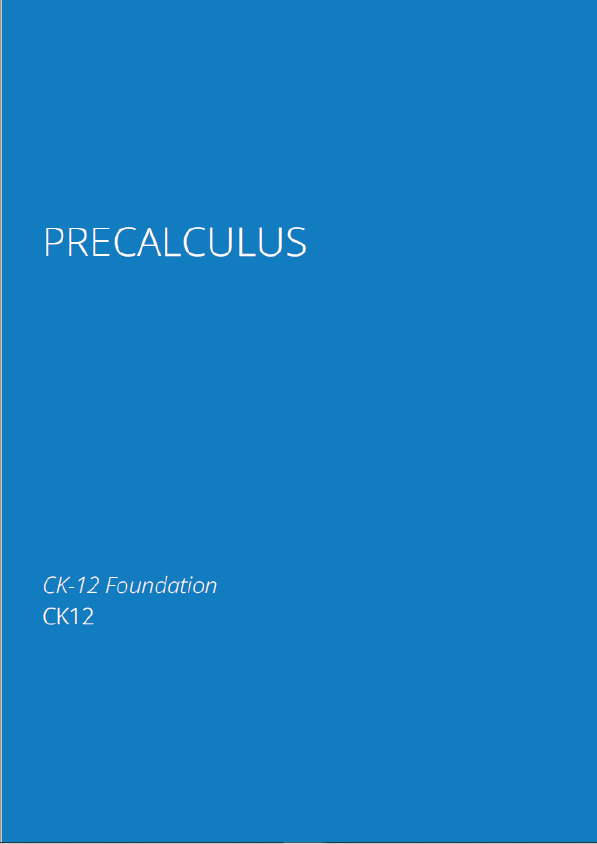This Statistics resource was developed under the guidance and support of experienced high school teachers and subject matter experts. It is presented here in multiple formats: PDF, online, and low-cost print. Statistics offers instruction in grade-level appropriate concepts and skills in a logical, engaging progression that begins with sampling and data and covers topics such as probability, random variables, the normal distribution, and hypothesis testing. This content was developed with students in mind, incorporating statistics labs, work exercises, and additional opportunities for assessment that incorporate real-world statistical applications. For instructors, resources are available to support the implementation of the Statistics textbook, including a Getting Started Guide, direct instruction presentations, and a solutions manual.
Introduction
Chapter Objectives
By the end of this chapter, the student should be able to do the following:
• Recognize and differentiate between key terms
• Apply various types of sampling methods to data collection
• Create and interpret frequency tables
You are probably asking yourself the question, “When and where will I use statistics?” If you read any newspaper, watch television, or use the Internet, you will see statistical information. There are statistics about crime, sports, education, politics, and real estate. Typically, when you read a newspaper article or watch a television news program, you are given sample information. With this information, you may make a decision about the correctness of a statement, claim, or fact. Statistical methods can help you make the best-educated guess.
Since you will undoubtedly be given statistical information at some point in your life, you need to know some techniques for analyzing the information thoughtfully. Think about buying a house or managing a budget. Think about your chosen profession. The fields of economics, business, psychology, education, biology, law, computer science, police science, and early childhood development require at least one course in statistics.
Included in this chapter are the basic ideas and words of probability and statistics. You will soon understand that statistics and probability work together. You will also learn how data are gathered and what good data can be distinguished from bad.
1.1 | Definitions of Statistics, Probability, and Key Terms
The science of statistics deals with the collection, analysis, interpretation, and presentation of data. We see and use data in our everyday lives.
In this course, you will learn how to organize and summarize data. Organizing and summarizing data is called descriptive statistics. Two ways to summarize data are by graphing and by using numbers, for example, finding an average. After you have studied probability and probability distributions, you will use formal methods for drawing conclusions from good data. The formal methods are called inferential statistics. Statistical inference uses probability to determine how confident we can be that our conclusions are correct.
Effective interpretation of data, or inference, is based on good procedures for producing data and thoughtful examination of the data. You will encounter what will seem to be too many mathematical formulas for interpreting data. The goal of statistics is not to perform numerous calculations using the formulas, but to gain an understanding of your data. The calculations can be done using a calculator or a computer. The understanding must come from you. If you can thoroughly grasp the basics of statistics, you can be more confident in the decisions you make in life.
Statistics is the discipline that concerns the collection, organization, analysis, interpretation, and presentation of data. In applying statistics to a scientific, industrial, or social problem, it is conventional, to begin with a statistical population or a statistical model to be studied. Populations can be diverse groups of people or objects such as “all people living in a country” or “every atom composing a crystal”. Statistics deals with every aspect of data, including the planning of data collection in terms of the design of surveys and experiments.
Probability is the branch of mathematics concerning numerical descriptions of how likely an event is to occur, or how likely it is that a proposition is true. The probability of an event is a number between 0 and 1, where, roughly speaking, 0 indicates the impossibility of the event and 1 indicates certainty. The higher the probability of an event, the more likely it is that the event will occur. A simple example is the tossing of a fair (unbiased) coin. Since the coin is fair, the two outcomes (“heads” and “tails”) are both equally probable; the probability of “heads” equals the probability of “tails”; and since no other outcomes are possible, the probability of either “heads” or “tails” is 1/2 (which could also be written as 0.5 or 50%).
